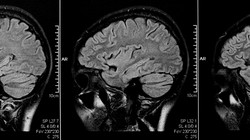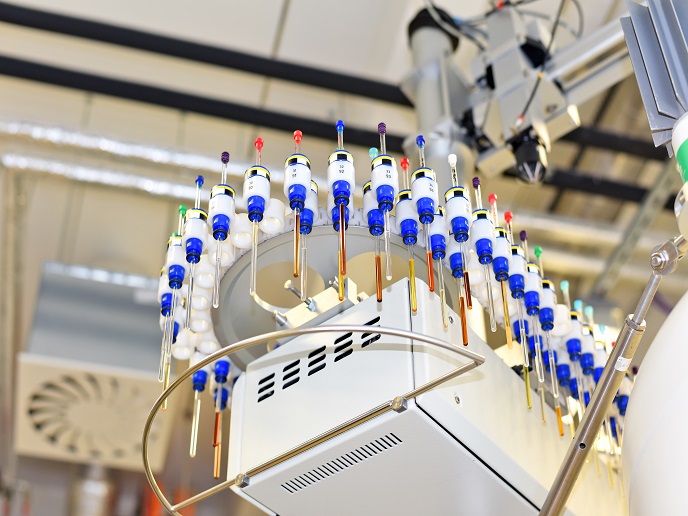The frontiers of NMR technology move to biology
NMR spectroscopy is a technique used to define the structure of organic and biological molecules as well as their interactions in solution. However, the great potential of NMR technology in biology and medical research is only starting to be realised. The key aim of the EU-funded BIO-NMR(opens in new window) (NMR for structural biology) project was to pool all European biology–NMR infrastructures and demonstrate the potential of NMR technology in structural biology applications. The consortium involved 11 infrastructures and seven additional partners contributing to joint research activities (JRAs) and networking. The new BIO-NMR infrastructure allowed transnational access and consists of a variety of NMR instruments of magnetic field strengths up to the highest available (corresponding to 1000 MHz frequency). Given that the total project funding is well below the cost of a single 1 000 MHz NMR instrument, the BIO-NMR initiative offered a unique opportunity to European scientists to have 1 000 days of access, per year for 4 years, to the entire collection of NMR instruments. Also, the infrastructures teams offer users access to cutting-edge experimental techniques in the various aspects and applications of biological NMR. A staggering 300 peer-reviewed papers resulting directly from JRA and transnational access using NMR have been published. BIO-NMR has made it to the FP7 'top 30 projects in publication' as more than 165 of its articles are open access. BIO-NMR research activities have so far advanced relevant technology, providing methodologies for in-cell and solid-state NMR for the structural analysis of membrane proteins and fibrils. A new methodology came about through the study of high molecular weight biomolecules via NMR. A classic example is the structural model of heat shock protein 90, Hsp90 in complex with the microtubule stabiliser Tau protein. NMR technology applications could extend to drug discovery and imaging as well as biobanking, metabolomics analysis and study of biological fluids and tissues. A short video presentation(opens in new window) about the project is available on the project website(opens in new window).







